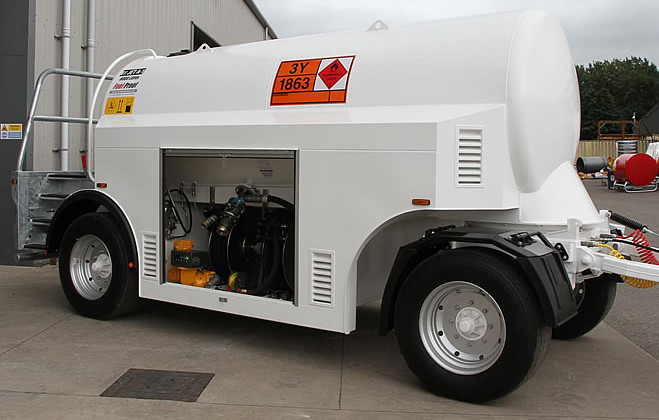Because of the Seneca’s limit of 1999kg tomorrow I need to get 84 USG of fuel, with the tanks being 93 USG. This is pretty difficult to do, I cannot fill the tanks and then get out 9 USG. The fuel gauge is useless as in most older airplanes (actually in all I am flying except the DA40). The Piper Archers have a filler neck which allows at least to figure out where one intermediate amount is and that helps a bit but not available on the Seneca.
How do you refuel the needed amount?
Do you have dipsticks?
On the Cessnas yes, not on the Pipers
The browser is supposed to have counter, doesn’t it?
BTW Are you worried about 9 USG of 100LL for being overweighted?
Emir wrote:
The browser is supposed to have counter, doesn’t it?
Which browser?
Emir wrote:
Are you worried about 9 USG of 100LL for being overweighted?
Yes, in legal terms. Otherwise the Seneca is certified to fly with 150kg more than that, so not really a problem.
The bowser 

As to how one could refuel to be X litres below the full tank, and do so accurately, I can’t think of any way except experimentally i.e. fill it to some desired level, read the pump and then top it off and read the pump again.
For example I established using that method a long time ago that 25mm below the rim is worth 4 litres per wing. 25mm or so is a common loss after parking in a hot place for a few days.
If really really needing to do this, I can only think of filling up completely, then drain off the required quantity. But I agree with others that there ought to be no need.
Vladimir wrote:
Which browser?
Fuel browser or station – it has to have counter, otherwise they wouldn’t be able to charge you accurately 
But I understand  the problem is that you don’t know with how much you’re starting with. In my case I rely on totalizer (pretty accurate), fuel gauges (also accurate to some extent and at least showing same level for each wing) and knowing the capacity of main and auxilary tanks. So if I want to refuel less than full, I either fully refuel the wings (supposing auxilary tanks are empty) and then decide if I want to add something to auxilary or fully refuel auxilaries relying on rest in wings as reported by totalizer.
the problem is that you don’t know with how much you’re starting with. In my case I rely on totalizer (pretty accurate), fuel gauges (also accurate to some extent and at least showing same level for each wing) and knowing the capacity of main and auxilary tanks. So if I want to refuel less than full, I either fully refuel the wings (supposing auxilary tanks are empty) and then decide if I want to add something to auxilary or fully refuel auxilaries relying on rest in wings as reported by totalizer.
If you don´t have a dipstick, make one. Takes a bit of time but is perfectly feasible next time the airplane is in maintenance and the fuel is drained.
I asked my mechanic to call me when he refilled the tanks, he could not find me so he made me one while refuelling. Said it didn´t take more than a few minutes.
Apart, doesn´t that airplane have a fuel computer? If so, are the fuel remaining figures not logged? If you know how much is inside, then it is pretty easy to calculate how much to add.
9 USG on the Seneca is really an academic and legal problem. The European Senecas are downgraded to 1999 kg. 9 USG is roughly 25 kgs. The Seneca´s normal take off weight is about 2100 kgs.. so from the safety point of view, there is not much of a problem, but it can be if you are ramp checked and have to provide a proper WnB which shows you are below 1999…
We bought several transparent plastic dip sticks but broke them. Don’t know if they got brittle or if they where in the back pocket while climbing around.
Anyway after two broken ones we did one in wood carved with marks from the broken dipsticks.
That has served us well for several years.
It’s a bit of a sport to mentally calculate the remaining quantity – then use the dipstick to estimate it – and finally then fill it to the brink to get an accurate reading.
That soon gives a very good feeling of fuel levels.